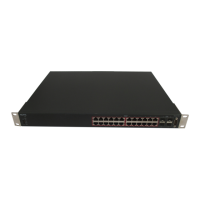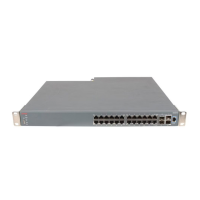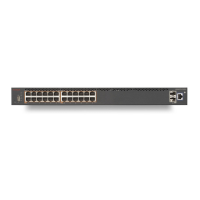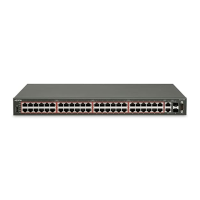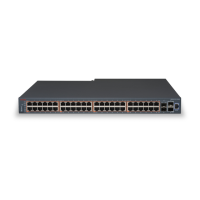The PoE PD communicates through the Data Link Layer (DLL) classification instead of
Physical Layer (high power mode). Hence, the PoE+ capable devices can deliver power
greater than 15.4 watts for each port.
You can configure the PoE PD detection type (802.3at or 802.3at_and_legacy) to support a
DLL classification for communication. The Data Link Layer classification provides finer power
resolution and the ability for PSE and PD to participate in dynamic power allocation. The
allocated power to the PD can change one or more times during PD operation.
For more information, see:
• Configuring VLANs, Spanning Tree, and Multi-Link Trunking on Avaya Ethernet Routing
Switch 4000 Series, NN47205-501.
•
LLDP based discovery on page 161
Change RADIUS Password
You can allow the users to change RADIUS account passwords when they expire. Note:
Note:
Change RADIUS password is available only in secure software builds.
You can enable or disable the Change RADIUS password feature. By default, this feature is
disabled. When Change RADIUS password feature is enabled, the server reports the
password expiry and system prompts you to create a new password.
For more information, see
• Configuring Security on Avaya Ethernet Routing Switch 4000 Series, NN47205-505.
•
Changing RADIUS password on page 118
Link-state tracking
Link-state tracking (LST) binds the link state of multiple interfaces to create redundancy in the
network. For more information about LST, see:
• Configuring Systems on Avaya Ethernet Routing Switch 4000 Series, NN47205-500.
•
Link-state tracking on page 164
New in this release
18 Troubleshooting Avaya ERS 4000 Series April 2014
Comments? infodev@avaya.com

